First impressions count and, in the age of e-commerce, the first point of physical contact many customers have with a brand is when they get a knock on the door from the mailman with a package delivery to sign.
A lot happens in the first few seconds after a package is delivered. When your customer first lays eyes on the box you’ve sent to them, you have an opportunity to trigger an emotional reaction. Play your cards right, and you can delight your customer, reinforce your message, and build brand affinity. Alternatively, if your packaging supplies and boxes aren’t up to scratch, your customer may feel frustrated, underwhelmed, and less likely to order from you again.
These days, it’s simply not enough to just deliver a package safely. Of course, this is of paramount importance, but it’s really the bare minimum and now expected. What’s needed today is customization.
In the 2021 fiscal year, FedEx Express delivered an amazing 6.6 million packages each day. You may be an online shopper yourself. Just think back to the amount of packages you’ve ordered over the last few months. Chances are, the e-commerce packages that stood out from the crowd are the ones that were customized.
This is because a premium look and feel, plus clever branding, has the power to build relationships between e-commerce brands and their customers. In the absence of physical stores and face-to-face customer service, your shipping boxes are more than just a safety measure; they’re a creative medium that can be harnessed for communications and marketing.
Still not convinced? Think about the growing number of unboxing videos and posts on platforms like YouTube, Instagram, and TikTok. Then there’s the research by experts, which shows just how much consumers value thoughtful, customized packaging:
- 72% of American consumers say their purchasing decision is influenced by the packaging design. (Ipsos)
- 61% say they are much more likely to repeat a purchase of a luxury product if it came in premium packaging. (Dotcom Distribution)
- 40% of consumers will share an image of your packaging on social media if it was unique or branded. (Dotcom Distribution)
Unboxing the Magic of Packaging with Custom Shipping Boxes
Leading e-commerce players are those who understand the magic of an end-to-end customer experience. Sure, you have a great website, but the customer’s retail experience isn’t over until your product is safely shipped into the hands of your customer. Factors like product quality, competitive prices, fast checkout and shipping, and a good online customer service team play an important role, but the unboxing experience is also crucial.
In fact, a wondrous unboxing experience can be the difference between a one-off customer and a loyal brand advocate. While it’s tempting to keep costs as low as possible and go for the cheapest packaging options from a financial perspective, this doesn’t bode well with consumers.
According to GfK, consumers value brands with a premium look and feel. In fact, they’re more likely to buy less products that are higher-quality than more products that are of low quality.
When your product arrives, the packaging instantly gives a first impression to your consumers. A plain cardboard box can look cheap and thoughtless, which is the opposite of the premium quality that today’s consumers crave.
On the other hand, when your products arrive in bespoke, carefully designed custom shipping boxes, you demonstrate to your customer that you’ve put thought into the shopping experience and care about your brand.
Plus, your designs can go beyond just being eye-catching and pretty; they can tell your brand story. With the right typography and messaging, your custom shipping boxes can become another key vehicle in your marketing strategy.
It’s clear that by customizing shipping boxes, brands can improve their relationships with customers and boost both marketing and sales efforts.
Is a Shipping Box Right for My Business?
Of course, a shipping box isn’t the only way you can get your products to your customers. There are other options, too, like the mailing envelope.
Mailers are a good choice for lightweight, robust items like clothing or jewelry that is already packaged in a gift box. You don’t need to pick between mailing envelopes and shipping boxes, though. Depending on the products you offer, you may choose to use a mailing envelope for smaller items and a shipping box for larger ones.
To help you understand the pros and cons of each shipping container, we’ve created a handy table below that gets into the details.
Mailing Envelopes vs Shipping Boxes
| Mailing Envelopes | Shipping Boxes | |
| Advantages |
|
|
| Disadvantages |
|
|
Once you’ve made up your mind between mailers and a shipping box, it’s time to move to the next stage.
Types of Boxes and Box Style to Consider
You know you’d like to use custom shipping boxes to delight your customers. Now, it’s time to think about the type of box to go for. Generally speaking, there are six main kinds of custom shipping boxes, designed to accommodate different products. Take a look at the main types below.
- Regular Slotted Container: Think of regular slotted containers as the traditional, common box. It’s likely that most of the packages you receive come in these types of boxes. This is because regular slotted containers are versatile, reliable, and come in a wide variety of sizes, making them ideal for a range of products. Regular slotted containers have a simple design, making them easy to manufacture with little waste.
- Full Overlap Container: A full overlap container is like the sister of the regular slotted container. The one main difference is that the flaps in a full overlap container overlap one another to completely cover the box’s width. This gives the box another layer of thickness, which provides more padding and safety. For products that are more fragile, the full overlap container is a great option. Again, it comes in many sizes.
- Full Telescope Containers: Full telescope containers are an unusual shape. They’re usually the length of a telescope, which is where they get their name from. They’re made from two slotted regular banks that are placed together. This gives the box layered edges, making them sturdy and strong. The long, rectangular shape of full telescope containers makes them perfect for products like magazines, newspapers, and even artwork. The shape of these types of containers could be instrumental in making a brand statement.
- Wraparound Blank: The wraparound blank is pretty much like a regular slotted container box but switched sideways. These custom boxes are usually used for rigid products that will fit snugly within the wraparound blank, making for a tight, protective fit. Wraparound blanks are typically packaged using a robotic machine, which is great from an efficiency and productivity standpoint. Usually, these custom shipping boxes are used for perishable products like food and wine, as well as home and personal care items.
- One-Piece Folder Box: The one-piece folder box is for items that are slim and shallow. This box uses one piece of cardboard, creating a smooth bottom. The flaps of this piece of the cardboard are used to create the top of the box, and also broken up into side flaps. One-piece folder boxes are easy to assemble, making them convenient for small businesses to use and store. They’re often used for shipping books, magazines, artworks, or picture frames.
- Five-Panel Folders: Five-panel folder boxes are made from corrugated box material. They are created using a single piece of cardboard that is divided into panels. The fifth of these panels is used as the closing flap, which functions to seal the box. Usually, these boxes are used to ship long, slim items like metal rails. Because of their unusual shape, they’re less likely to be used for e-commerce products.
Once you know the kinds of boxes out there, the next question is: How do you create an amazing custom shipping box strategy at the right price? Here are five things you need to know.
1. Size Matters
Before you can start customizing your bulk shipping boxes, you need to first think of the basics, starting with size.
If your shipping box sizes aren’t right, not only will they cost more, but your items could end up being damaged if the box isn’t properly filled. Plus, it’s well-known that online shoppers hate waste. In fact, 88% of U.S. and U.K. consumers want brands to be environmentally friendly and use sustainable materials. So if your box is too big and overfilled with non-recyclable filling, your customers won’t be happy.
Not only that, but a too large or too small box demonstrates a lack of care and thought, which relates back to the premium look and feel concept we mentioned earlier. If a customer’s first impression of your brand is that your custom shipping boxes are tatty and poorly packaged, you need to do a better job.
To decide what size box you need, assess the needs of your company, and take the time to analyze your products. The box you choose will need to tightly fit them inside but leave some room for padding to minimize the likelihood of product damage during handling, storage, and shipping. This will also help reduce shipping costs. Generally speaking, the smaller and lighter the box, the lower the cost of transport.
As mentioned previously, if your products are small enough, then you may want to consider customized mailers. These sleekly designed packages do exactly what they say on the tin: They arrive in the mail. You’ll often see these kinds of packages used for subscription boxes.
If your business needs a shipping service to move your products, then your next best bets are shipping cartons or cardboard shipping boxes, assuming that your products are not fragile or delicate. If this is the case, then the best choice is corrugated shipping boxes, which are more robust and sturdy.
A note on dimensional pricing
It’s worth bearing in mind that pricing according to dimensions is a huge factor to consider when choosing your custom shipping boxes. If you ship with well-known companies like UPS or FedEx, you’ll already know that both providers use dimensional pricing to set shipping box prices.
Dimensional prices started back in 2015 and completely changed the shipping landscape. Previously, businesses were charged for their boxes based on how much they weighed. But now, it’s all about how much space your boxes take up in their shipping trucks. This makes a lot of sense. The more space a box takes up, the less space there is for other boxes, and the more deliveries the companies will need to perform.
To ensure your custom shipping box strategy is cost-effective, choose boxes that are the right size. The goal is for them not to cost you a fortune in shipping. To get an idea of the dimensional price of your packaging, measure the length, width, and height of your packages. Make sure you measure the longest parts of each box and account for the box slightly stretching if it is filled tightly. Once you’ve done this, multiply these dimensions to get the dimensional size.
Bear in mind that shipping companies tend to change their prices regularly, in line with economic fluctuations. We recommend keeping a regular eye on dimensional prices to ensure that you don’t encounter any nasty surprises as you fulfill your online store orders.
This, of course, isn’t to put you off using custom shipping boxes. They are a great tool in any e-commerce strategy. What we’re emphasizing here is balance, ensuring that you carefully choose the right box that’s the right size to make sure your strategy improves the bottom line rather than hinders it.
As a basic measure, we recommend choosing shipping boxes that offer a maximum of 5 centimeters in cushioning space. This will help keep dimensional pricing fees reasonable, as well as ensure your products stay safe while in transit.
2. The Look and Feel
Once you’ve got the size and type of packaging figured out, it’s time to get to the fun part: design. A sense of style and flair for design can turn a plain rectangular box into a marketing superstar.
Creating a customized shipping box goes beyond just graphics and colors. You can consider textures and finishing options, too. You want your box to best represent your brand and your products. Every choice you make has the potential to be a statement.
The first thing to consider is the texture of your packaging. Depending on your brand values and colors, this could be anything from embossed gold to kraft-feel brown, or even a luxurious leather texture. When it comes to textures and the whole design process, this is an opportunity to let your creativity go wild. So choose the right material and create something spectacular that wows a variety of customer types.
As an example, take a look at Earth Fare’s eye-catching customized packaging. The company’s eco-friendly packaging instantly conveys the brand’s values as a natural, ethical company.
However, you don’t have to stick with neutral cardboard brown. You can customize your boxes’ colors so that they are in line with brand guidelines. You can also decide if you want the color finish to be glossy or matte. It’s worth remembering that different colors and textures need to be carefully combined to make sure you get the look you want. We advise experimenting before you commit and order your custom shipping boxes in bulk.
3. The Custom Box Design
We’ve already mentioned brand guidelines, and the design element of custom shipping boxes is where these come to the forefront. Your logo, typography, artwork, company strap-line, and more can come into play here. After all, customized shipping boxes are an excellent marketing vehicle.
It’s likely that your social media pages and websites are exploding with your brand tone of voice, and it should be on your packaging, too. Your custom shipping boxes are a storytelling opportunity, a way to build affinity with customers. Tell them something they didn’t know about your company, and make them feel special. What you write—or don’t write—is important.
Think about your brand and its values: Are you subtle and elegant, loud and proud, or colorful but modest? Once you’ve narrowed down a few words to define your brand, it’s time to think about how the design of your customized shipping box can reflect this.
For example, if your brand is eco-friendly and values minimalism, you may want to go for a crisp kraft paper with a small amount of lettering in a delicate typography. Alternatively, if your brand is exuberant and colorful, then you may want colored cardboard, decorated with different patterns.
Keep in mind that small boxes have limited room. For example, if you’re a cosmetics brand and are only delivering a single product, it’s likely you’ll only need small boxes. However, this doesn’t mean you need to skimp on the design. Instead, think of how you can make the most of the space you have to make an impact.
After you’ve got the design sorted, it’s time to think about printing options. The option you choose takes price into consideration, but it’s also worth thinking about the intricacy of your design. There are three main print methods to consider:
- Flexographic/direct printing: This is perfect for high-quality printing of basic designs, featuring a maximum of three colors. This option is cost-effective and produces a beautiful, professional-looking finish in your custom shipping boxes.
- Lithographic printing: This is great for more intricate designs or those that incorporate photography. Lithographic printing is often considered as the highest caliber in terms of quality, although it is more expensive, especially if you need a large quantity.
- Digital printing: This is a more basic form of printing that can even be performed from home. It’s cheaper but also produces low-quality prints. If you’re on a budget or think your designs may change, then digital is a great option to start with.
4. Customize Your Box From The Inside Out
You’ve mastered the exterior design of your custom shipping boxes and you’re sure it will wow your customers. Now, it’s time to think about how you can continue the wow factor once the box is opened.
The inside of your shipping boxes are a continuation of your brand story. You can design the interior of your box just as you would the outside, with typography and brand colors that continue to tell your story.
Aside from the box itself, think about the interiors that surround your product—the filing. While bubble wrap and styrofoam are traditional packaging cushions, they aren’t the most exciting or ingenious. However, with a little bit of thought and creativity, you can turn your packaging cushioning into another tactic in your customization strategy.
For example, if you use packing peanuts, you could consider changing the color and shape so that they represent your brand. Alternatively, you could consider using colored tissue paper to add a sense of luxury to the unboxing experience.
Aside from cushioning, it’s a good idea to think about how else you can make the unboxing experience YouTube-worthy. If you’re a small company, you could perhaps include personalized, handwritten notes to make your customers feel special and show the care that goes into packaging your products. Details like stickers, newsletters, ribbons, and free samples are also a great way to make the unboxing experience feel even more rewarding for your customer.
5. Outside the Box
When it comes to sealing your custom boxes, there are two main kinds of tape to consider. There’s water-activated tape and pressure-sensitive tape.
- Water-activated tape is a type of paper tape that incorporates a water-based chemical. When you put the tape on the carton, a chemical reaction is triggered, which strongly bonds the tape to the box. This makes water-activated tape extremely strong and almost tamper-proof. It’s also great for keeping products safe in even the roughest conditions, as the tape’s bonding measures mean it’s difficult for water to get into the box.
- Pressure-sensitive tape, by comparison, uses a sticky adhesive substance, which sticks to the box when it’s rolled on. This is the kind of tape you’ll be familiar with in everyday life; it’s used in sellotape and masking tape, for example. Pressure-sensitive tape isn’t as strong and robust as water-activated tape. However, for small items and small businesses, it is good enough to do the trick, especially if your items are durable.
Finally, after all the work you’ve put into creating amazing custom boxes, you should tell the world about them. Display your beautiful boxes with promotional products in them on social media, and share posts from customers who do, too. Ultimately, your customized shipping boxes can become another part of your content marketing strategy, helping you attract new customers and ensure your current ones keep returning.
Logistics, Logistics, Logistics
A custom shipping box strategy doesn’t start and end with the box. There’s the whole process of getting your beautiful packaging in the hands of your happy customer. In the world of e-commerce, your price strategy for shipments can be a competitive differentiator.
Free shipping, same-day shipping, and next-day shipping are all huge plusses. However, your choices need to make financial sense. If your model isn’t profitable, then this could cause long-term damage to your business’s revenue stream.
Here’s an overview of the most common shipping methods for your custom shipping boxes, and how they could work for your company.
Free Shipping
Did you know that 90% of consumers would increase their online shopping spending if they could select free shipping? However, while shipping may be free to the end consumer, it won’t be free for your business. There will always be costs involved.
Free shipping can be a viable option for many companies though. It’s all about the tactics you employ to strike a balance. For example, you could make the prices of your products more expensive to account for the cost of free shipping. Alternatively, you could strategically add the cost of free shipping into your financial planning and deduct it from your revenue.
There are other options, too. Rather than offering free shipping across the board, you could run special sales, such as during the summer or Black Friday, in which free shipping is advertised for a short time. Another tactic is to offer free shipping for orders over a certain price.
Charge Up-to-Date Carrier Rates
A more straightforward method is to align your shipping prices with real-time rates from suppliers like FedEx and USPS. If you’re savvy, you could even offer your customers a range of choices from different suppliers, enabling them to choose the option that works best for them.
Some may wish to go for the cheaper option that takes a little longer to deliver. Other customers may want their product as soon as possible and so are willing to pay a little more for quick delivery. This transparency and the power of choice can go a long way toward making happy customers.
Charge a Flat Rate
Another popular choice is what’s known as flat rate shipping. This is where you select a standard rate for shipping. Often, the rate is cheaper for a few days delivery and more expensive if the customer chooses next-day delivery. Flat rate delivery puts you in control and can be helpful from a financial planning sense, as you won’t have to incur the cost of free delivery.
That said, flat rate shipping doesn’t take into account fluctuations in dimensional pricing, so if your products vary greatly in size, it could be a risky option.
Offer Pickup Options
Another option to consider is offering pick-up delivery options, either curbside, store, or locker deliveries. This option can be viewed as more sustainable by end consumers, as it drops a number of parcels often at a central delivery point rather than delivering them to individual addresses.
However, pickup options are often less convenient for the customer, unless the pickup spot is right down the road from their office or home. For this reason, we recommend offering pickup options in addition to one of the strategies above.
Keep Your Products Memorable and Secure with Custom Shipping Boxes
You may be thinking, “This all sounds great, but where can I get customized shipping boxes?” Don’t fret because you’re in the right place. At Refine Packaging, our bread and butter is helping brands create customized packaging for all kinds of products.
We understand that designing custom size shipping boxes in bulk can be a daunting, overwhelming task, which is why our friendly, experienced team is on hand to make the entire production process smooth, rewarding, and simple.
Our team of creatives can turn your design ideas into reality, creating beautiful cardboard printed boxes that will delight your customers and build brand affinity, all at a reasonable price for your business.
Contact us today for a free, no-obligation quote on your custom shipping box needs. We’ll support you in creating custom shipping boxes that convey your brand’s unique personality, have amazing social appeal, and protect your product no matter where it travels.
Ready to think outside the box? Let's get started!
Get in touch with a custom packaging specialist now for a free consultation and instant price quote.


.svg)
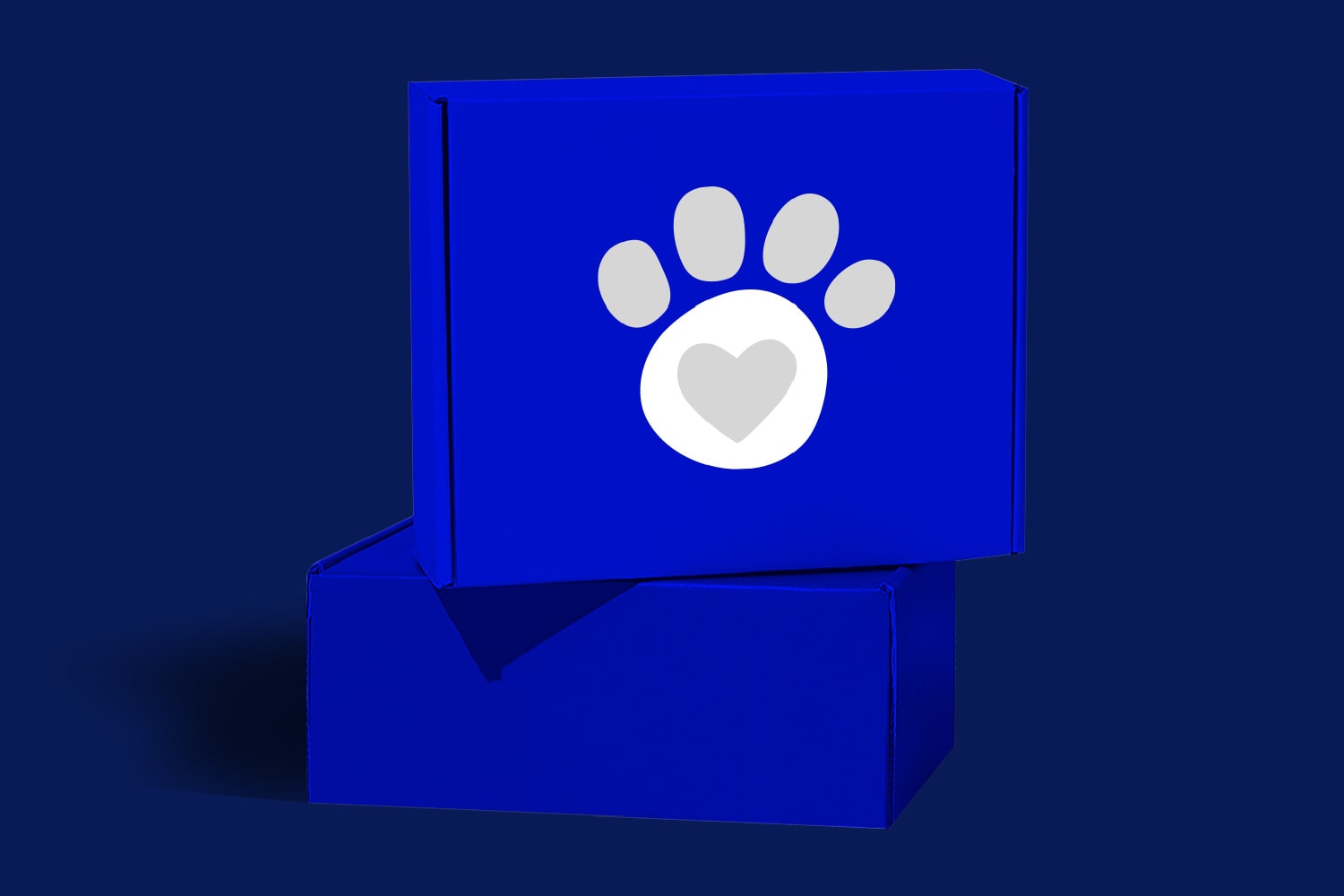


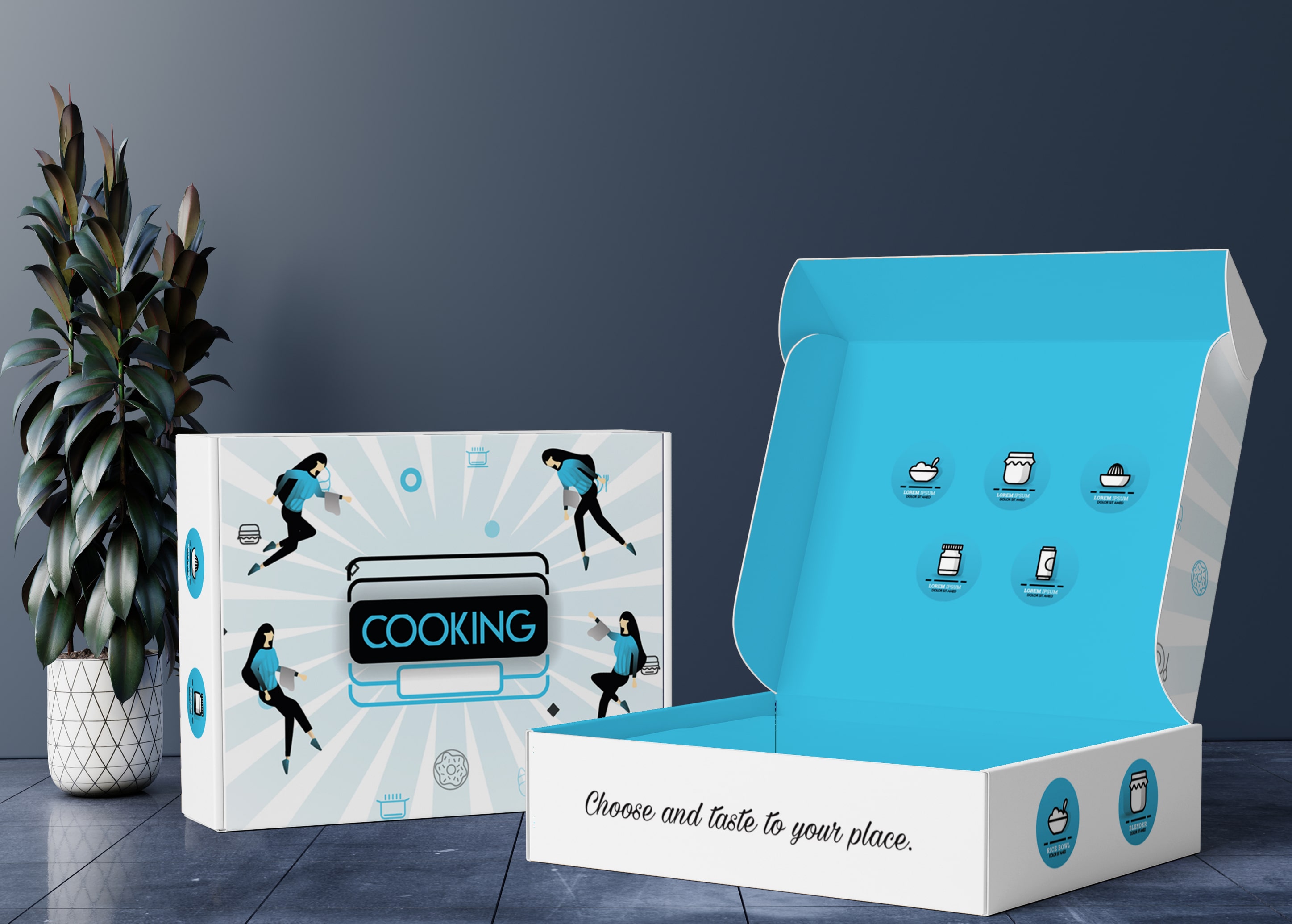
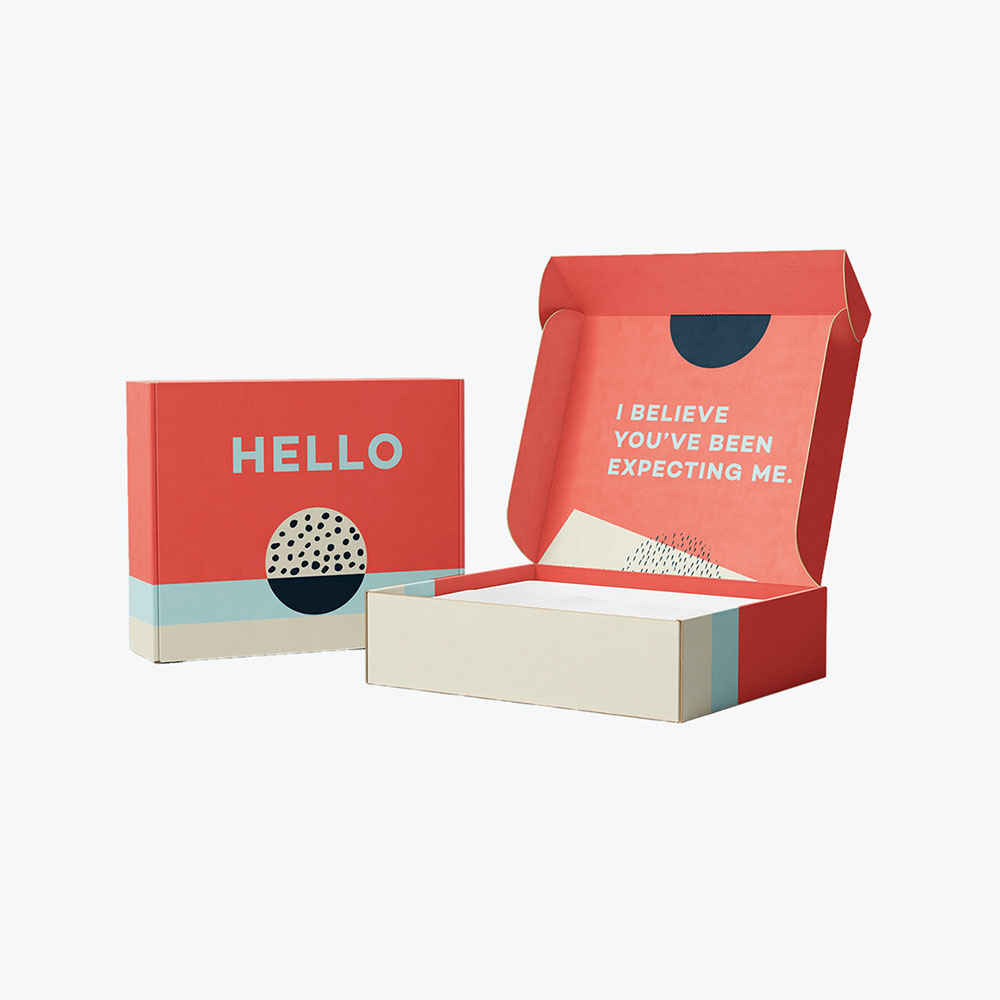
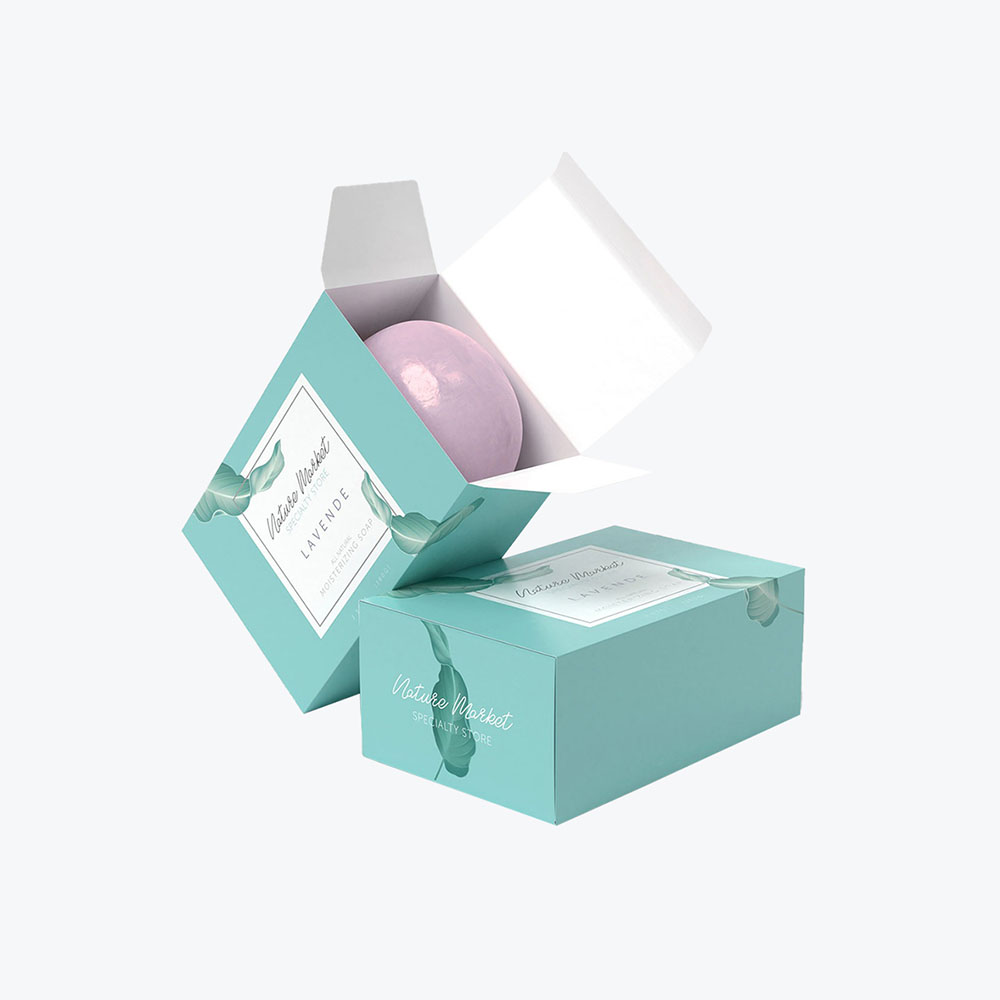
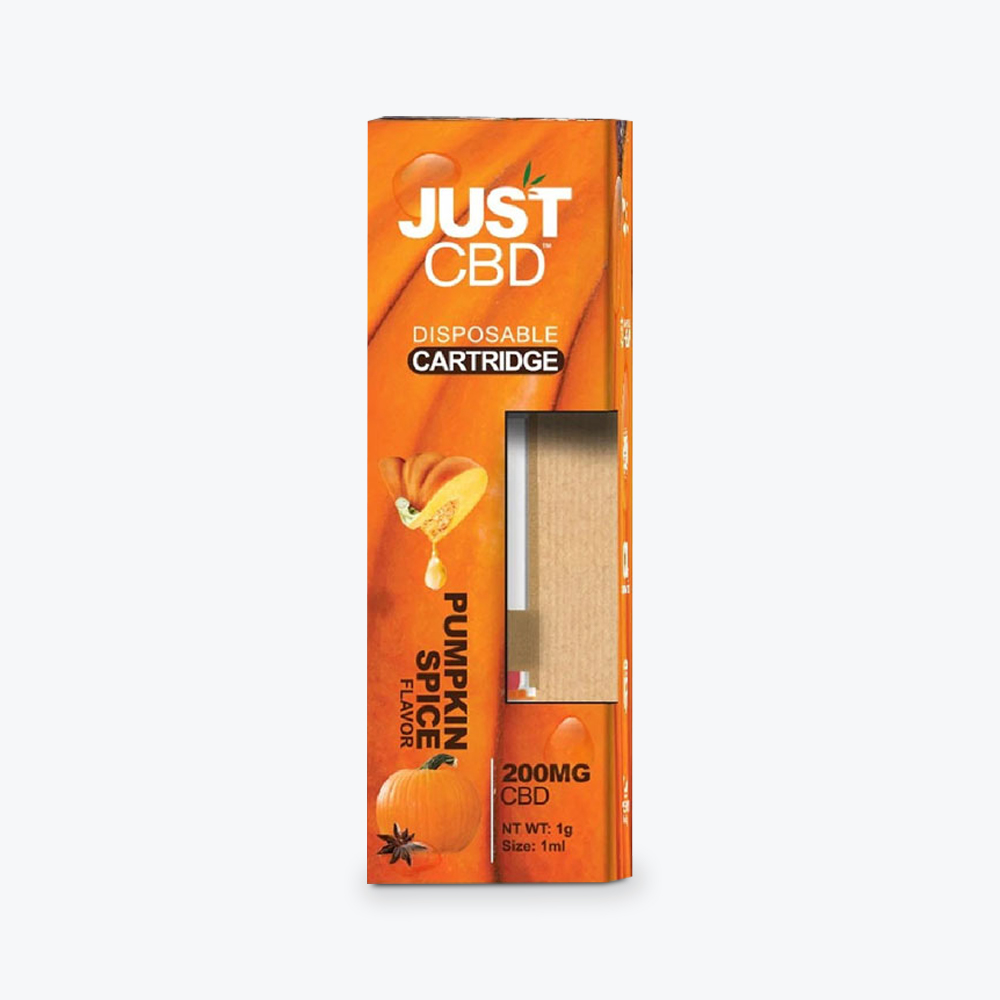
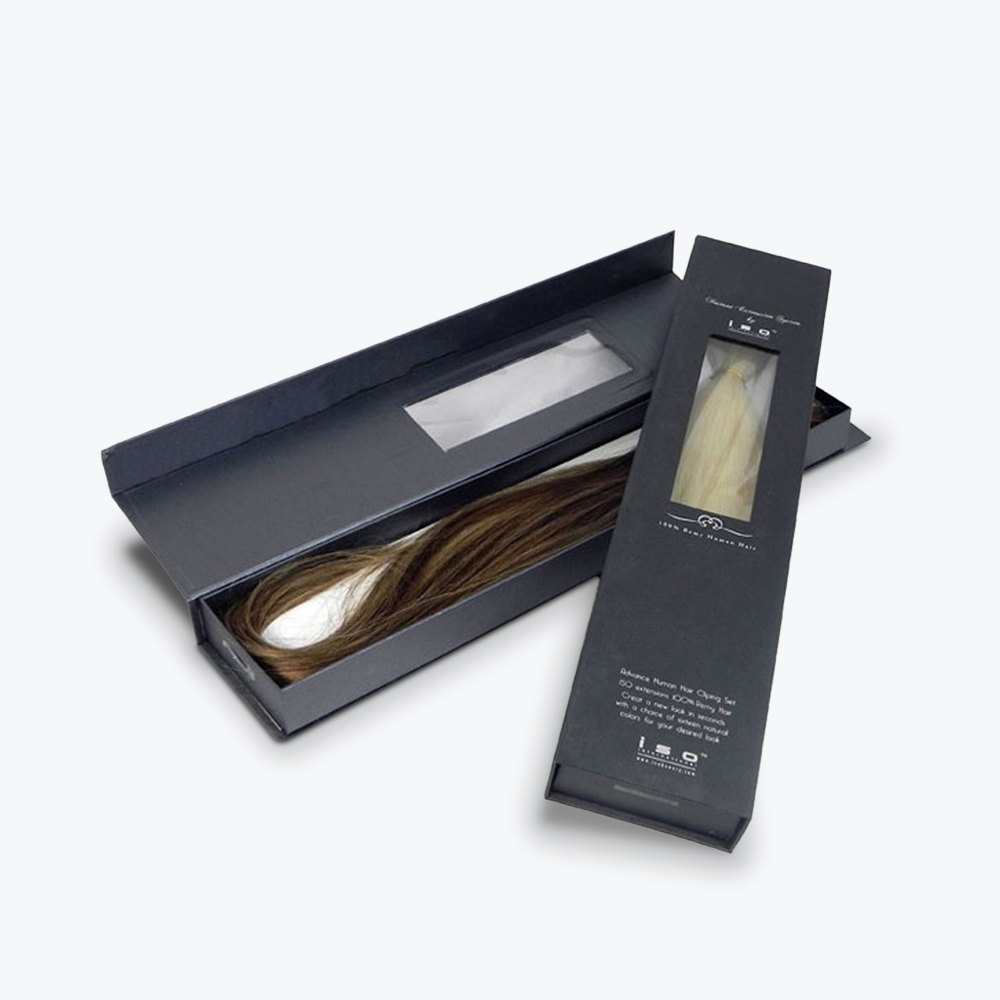




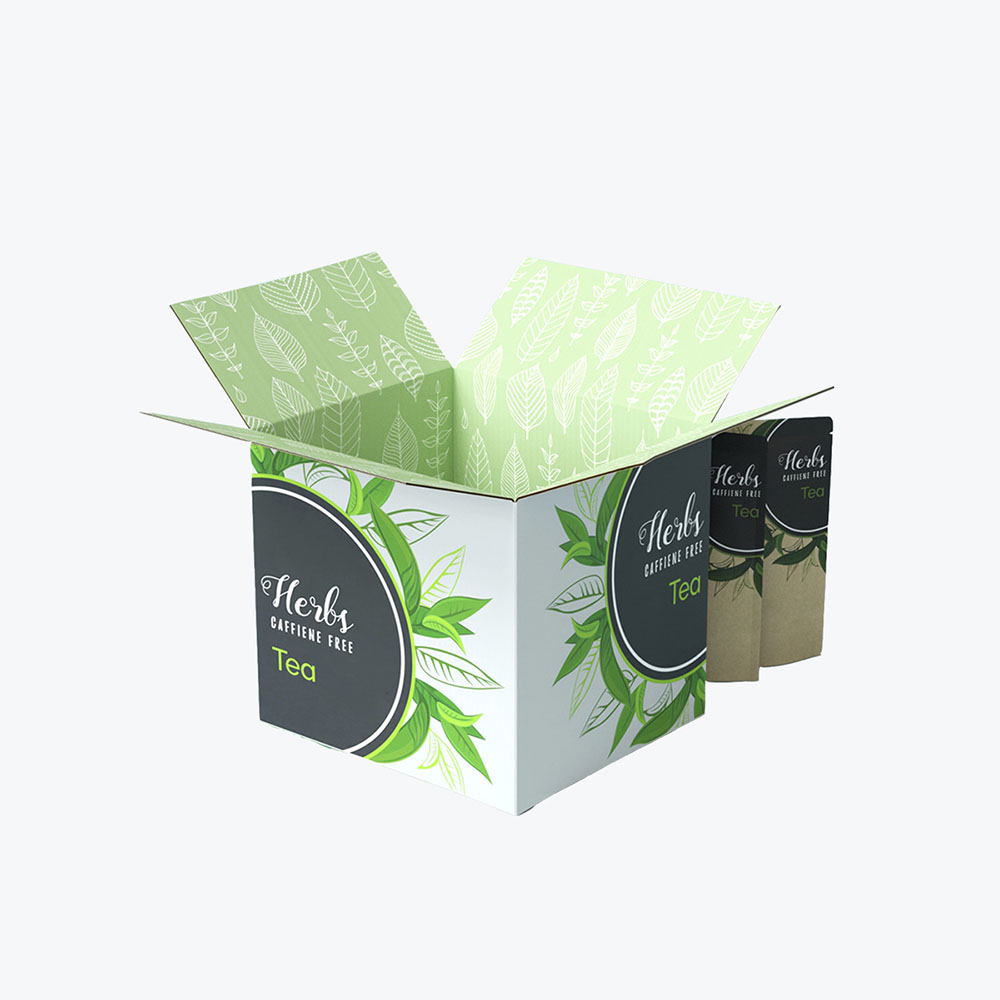

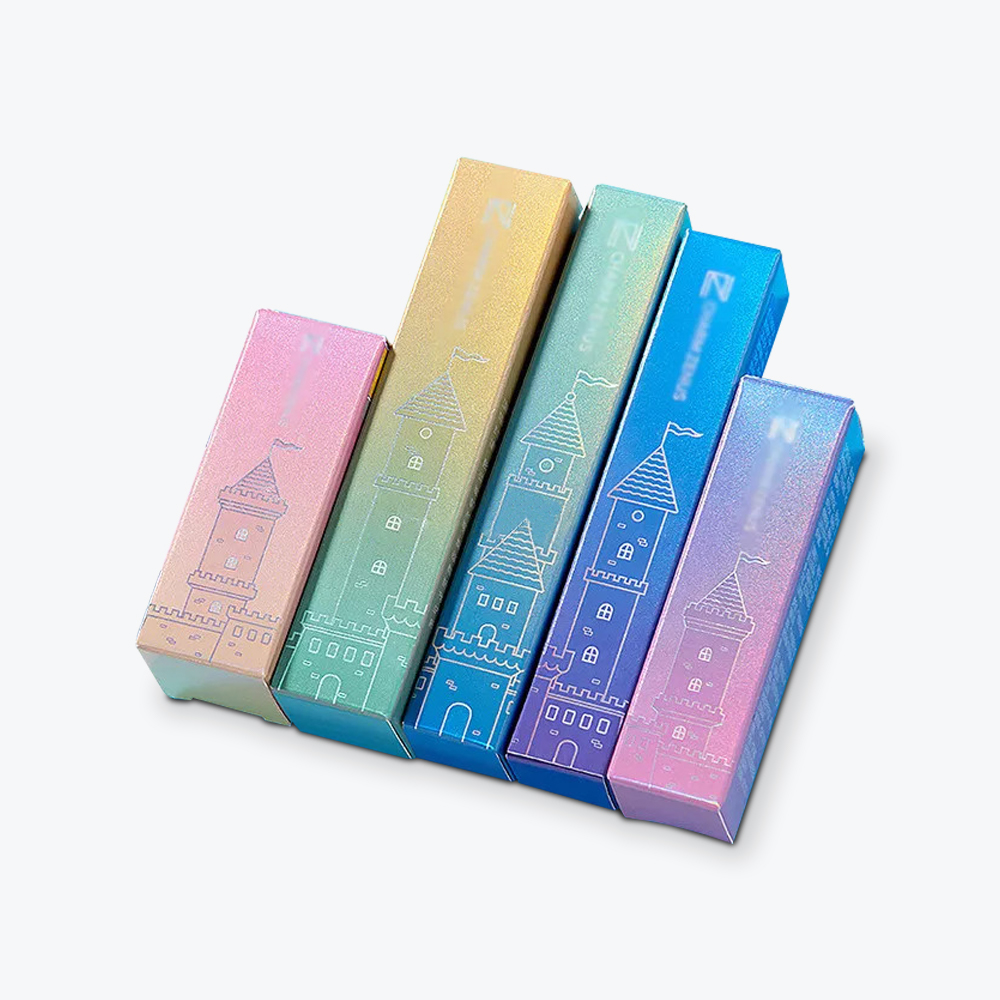

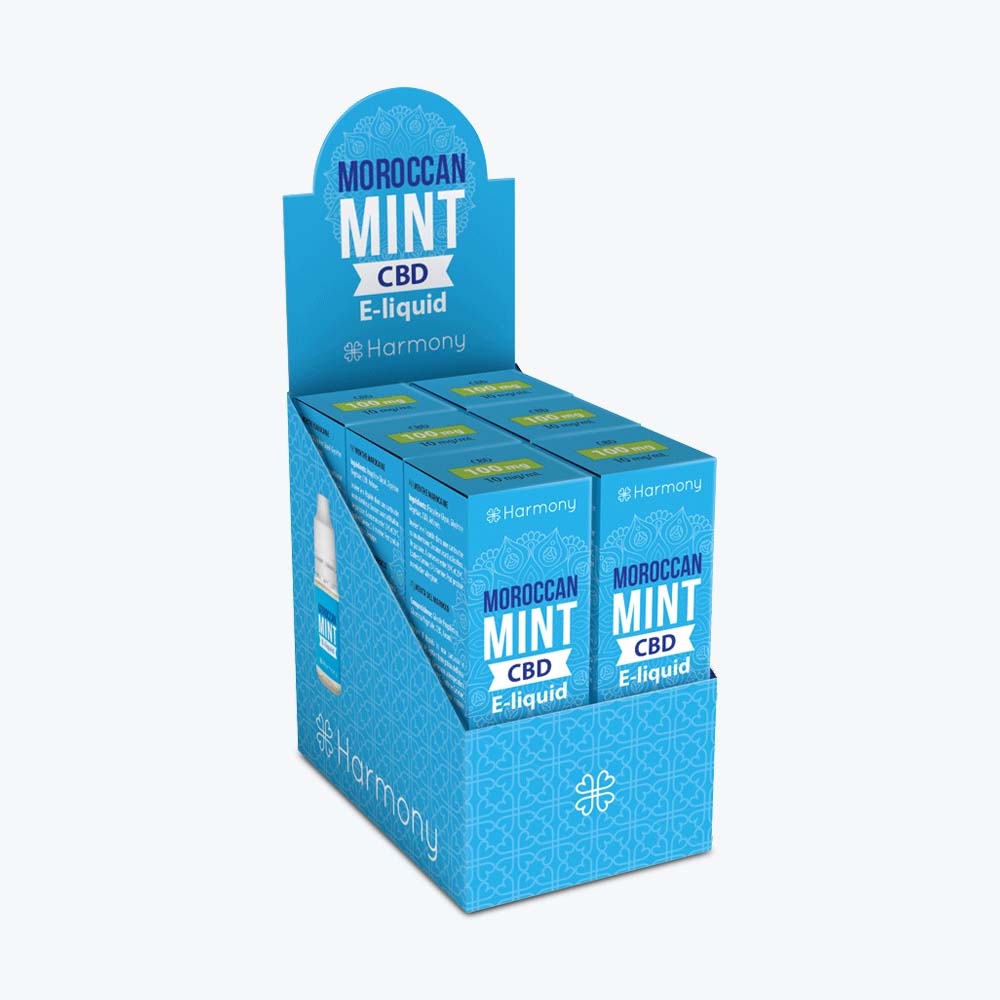
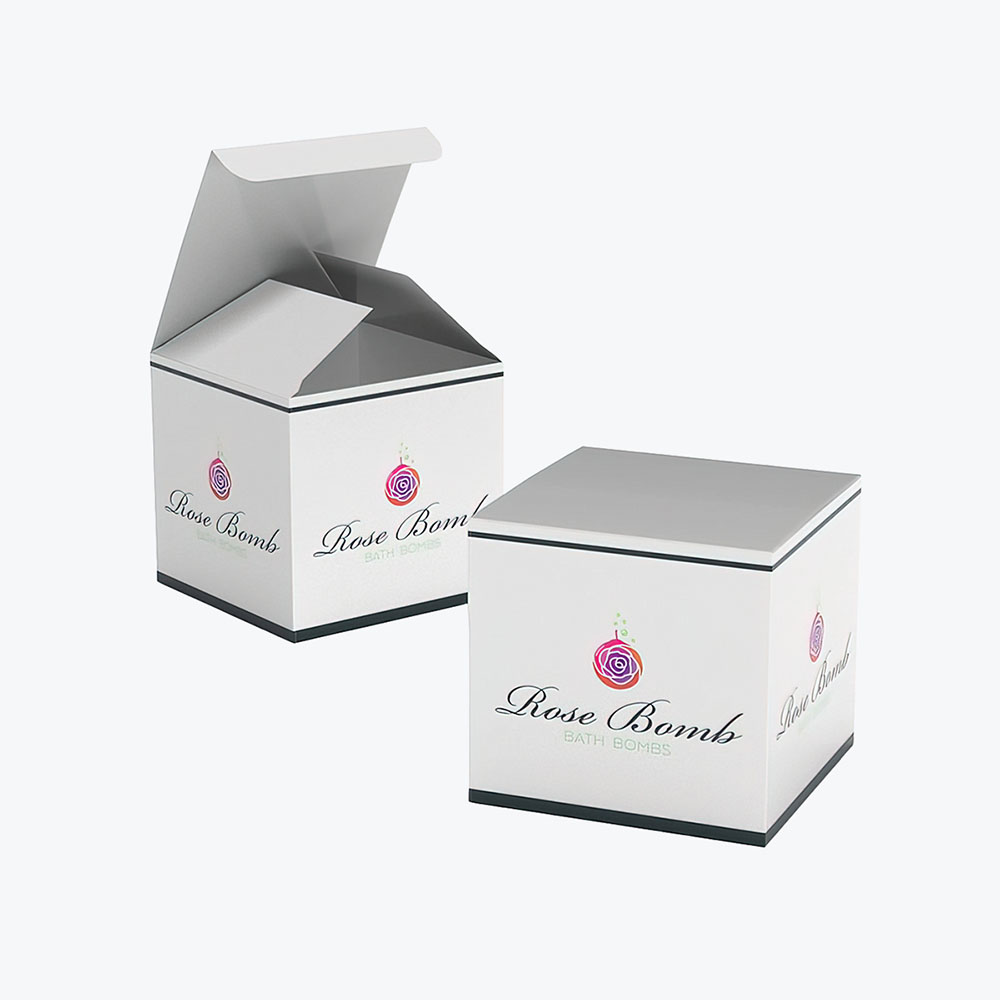
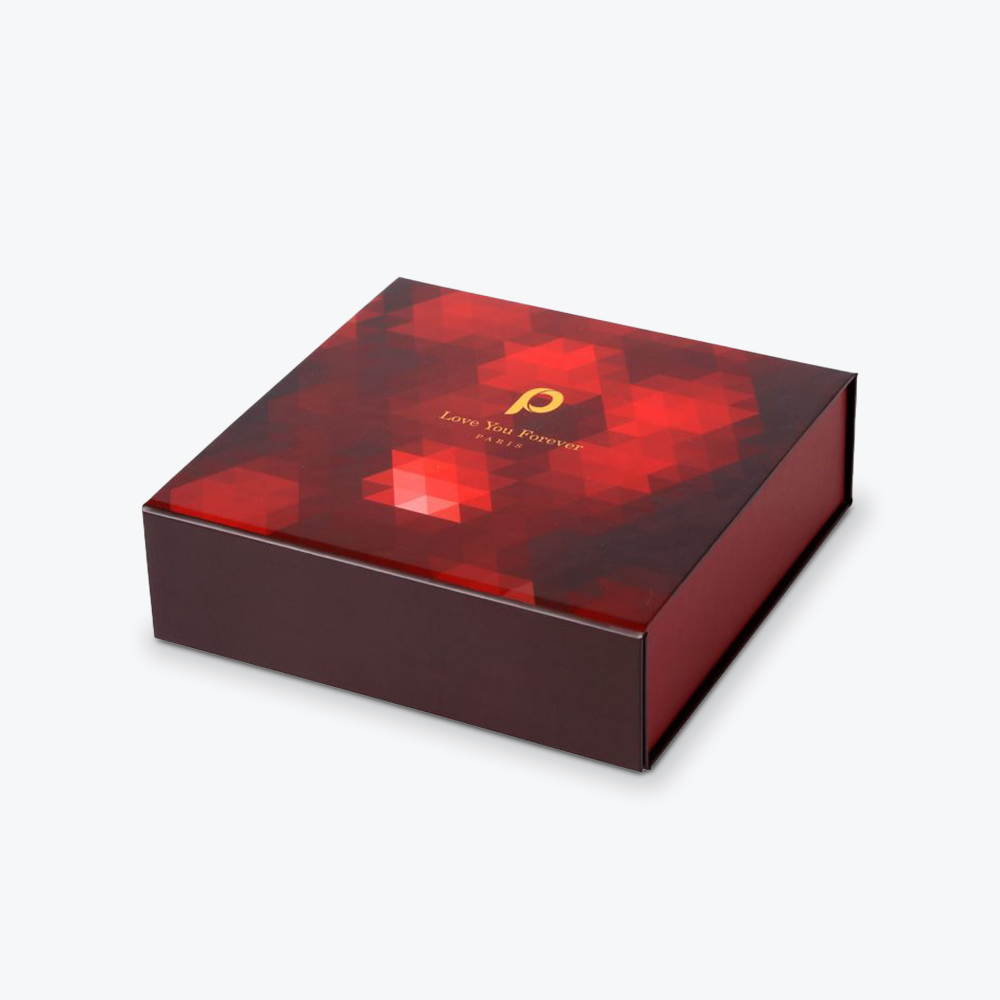
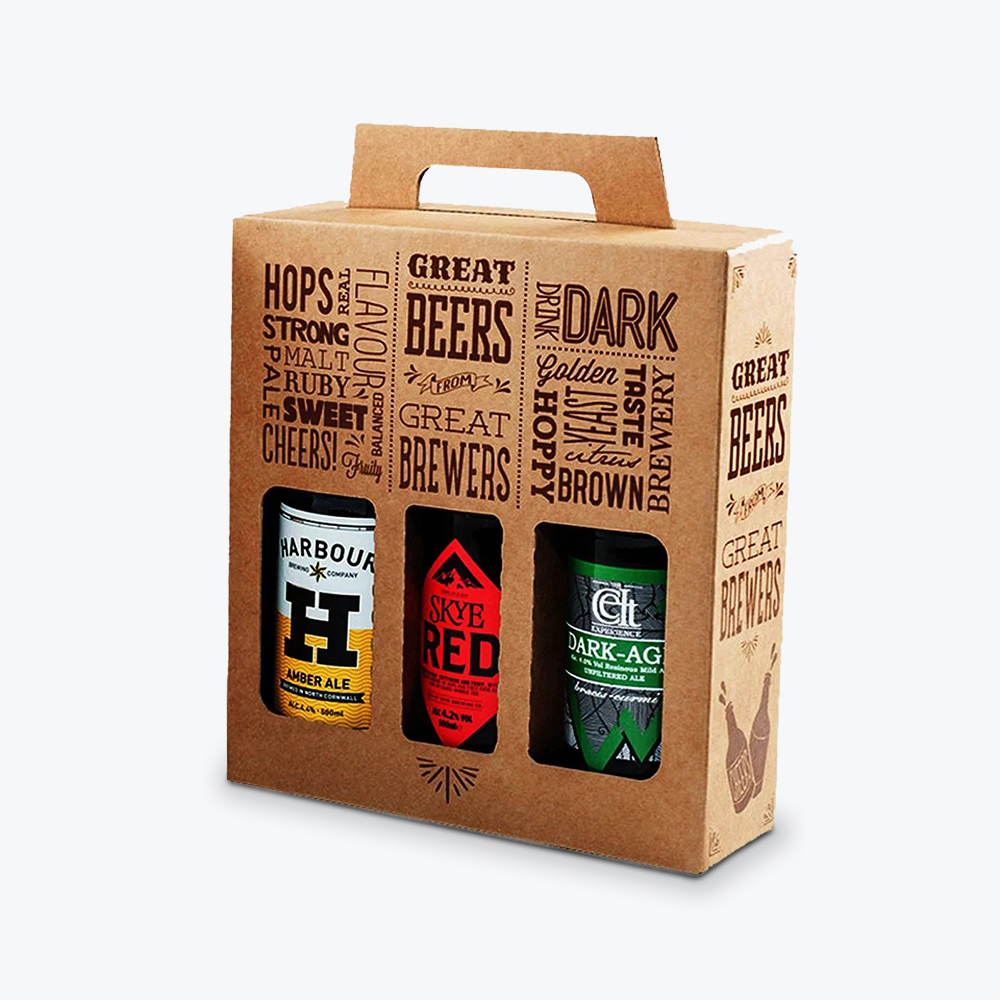
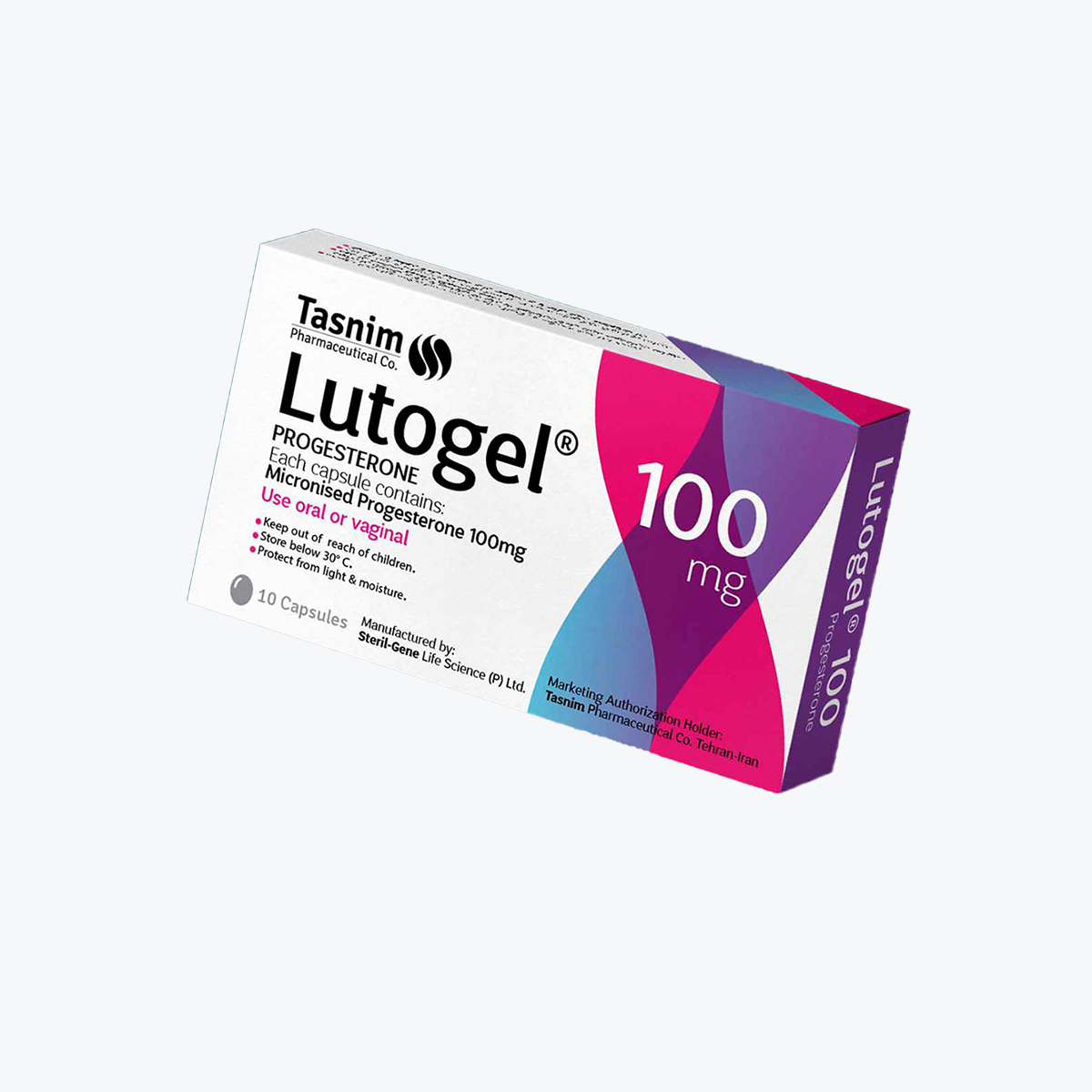
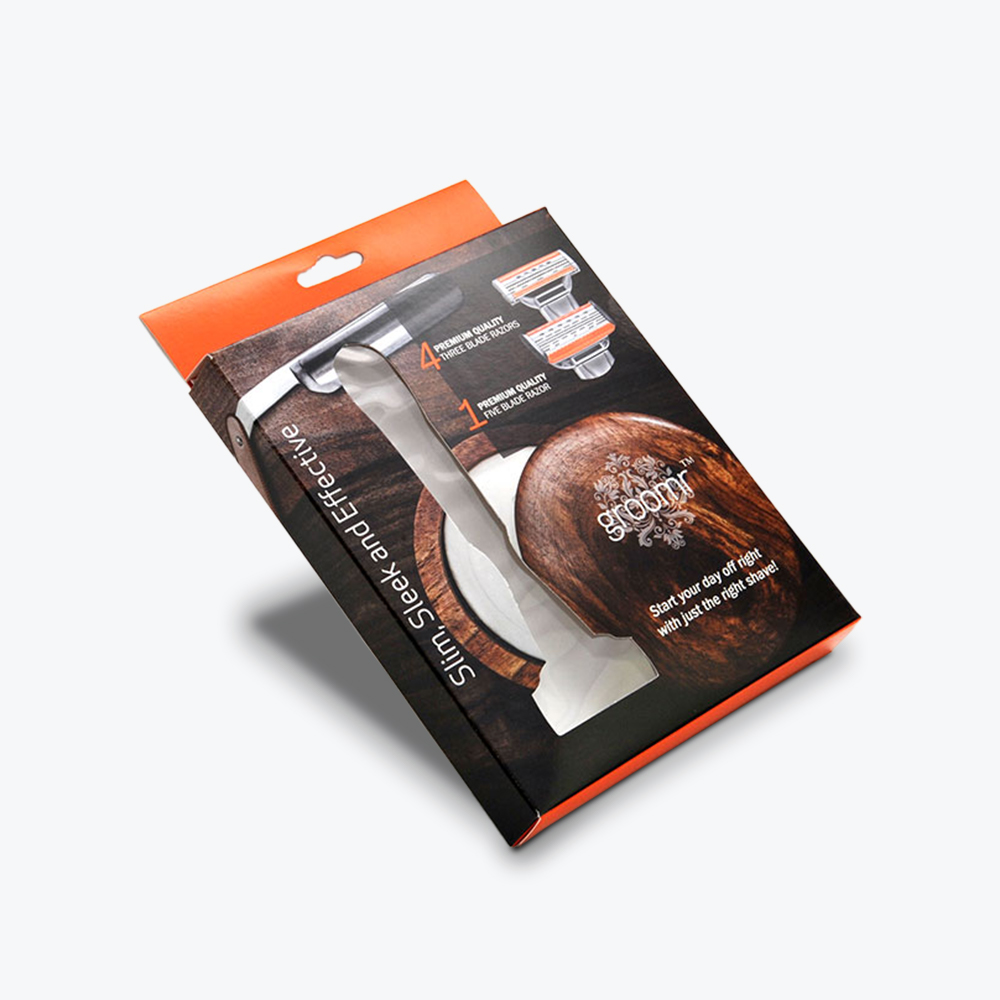
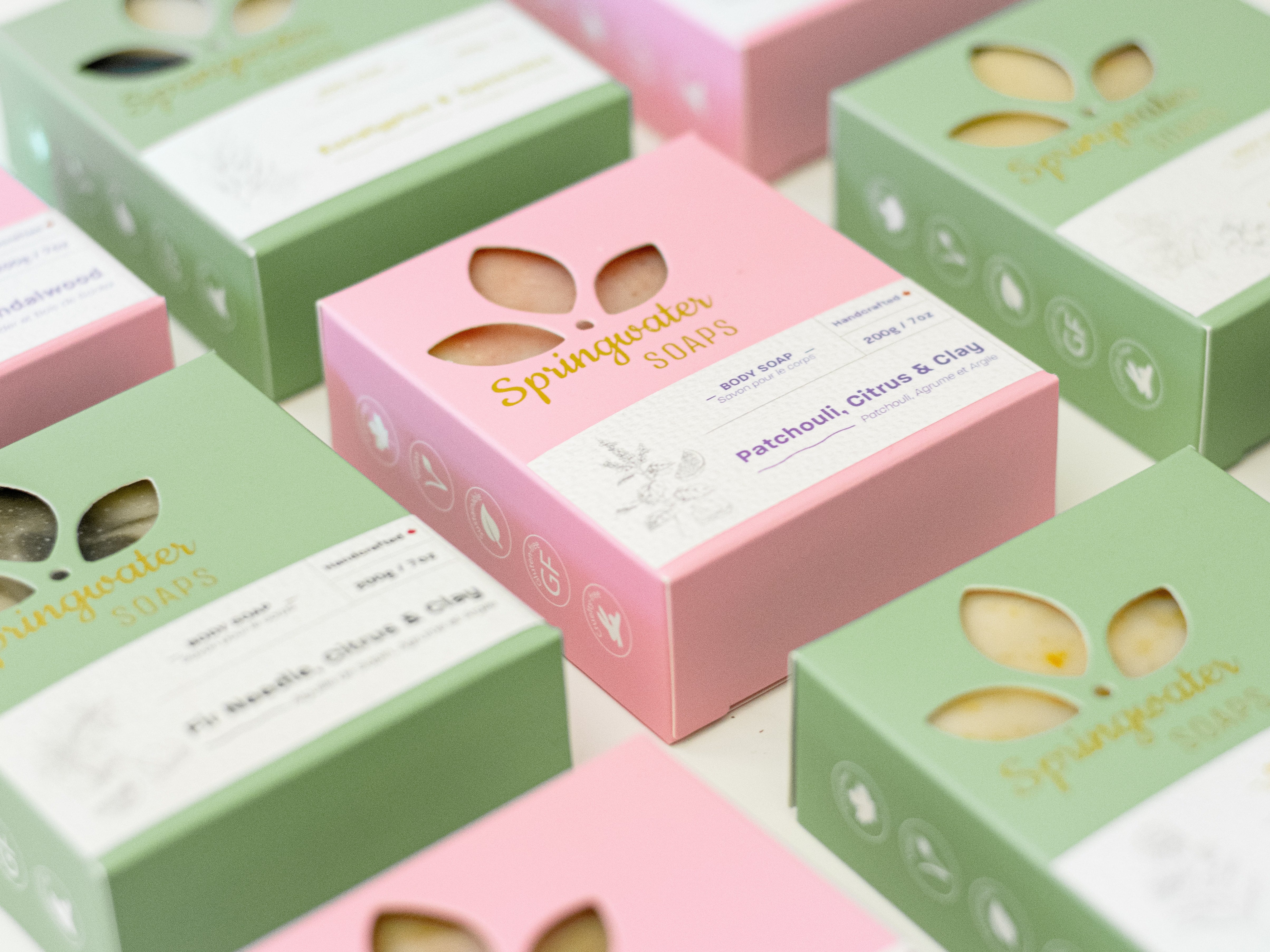
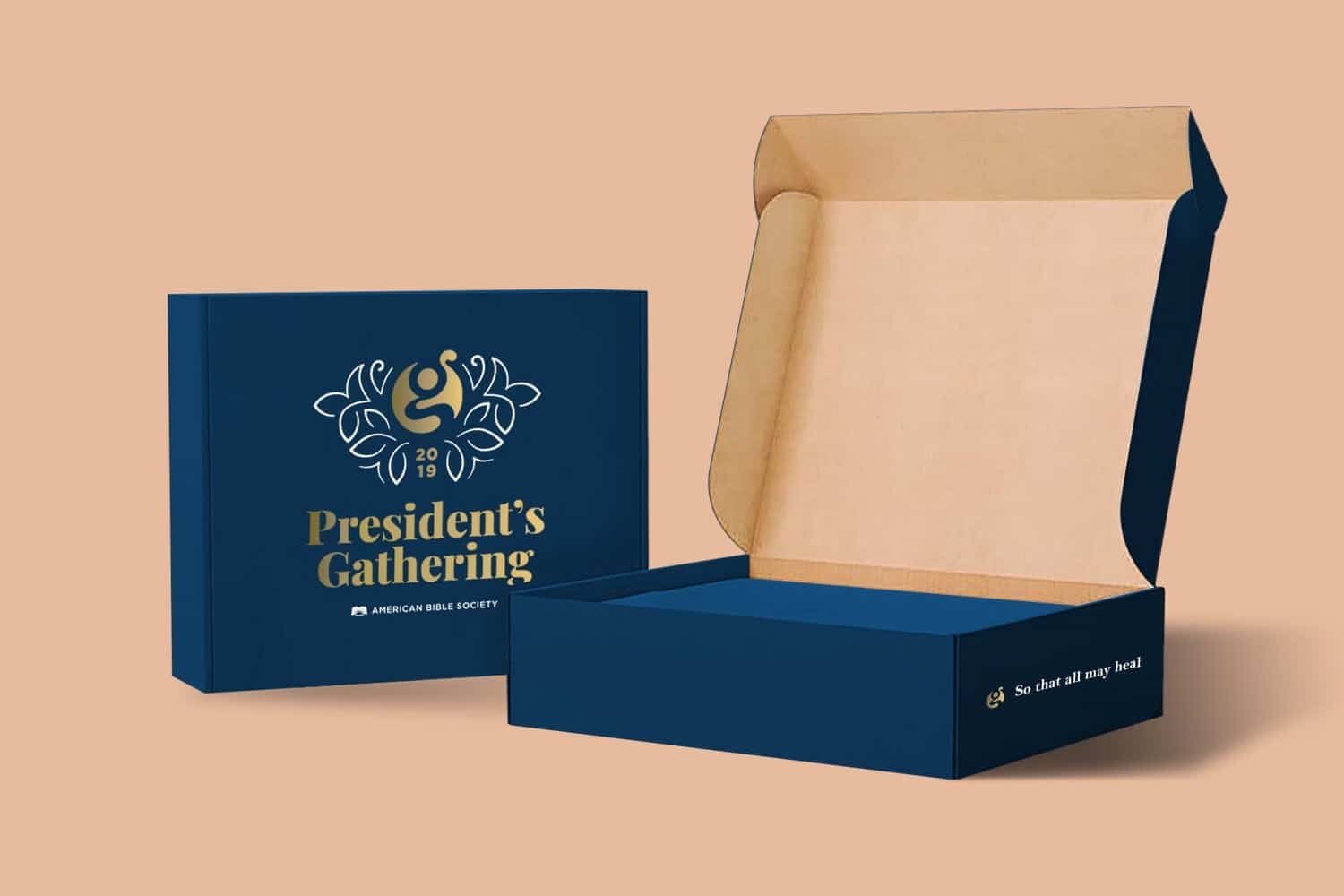
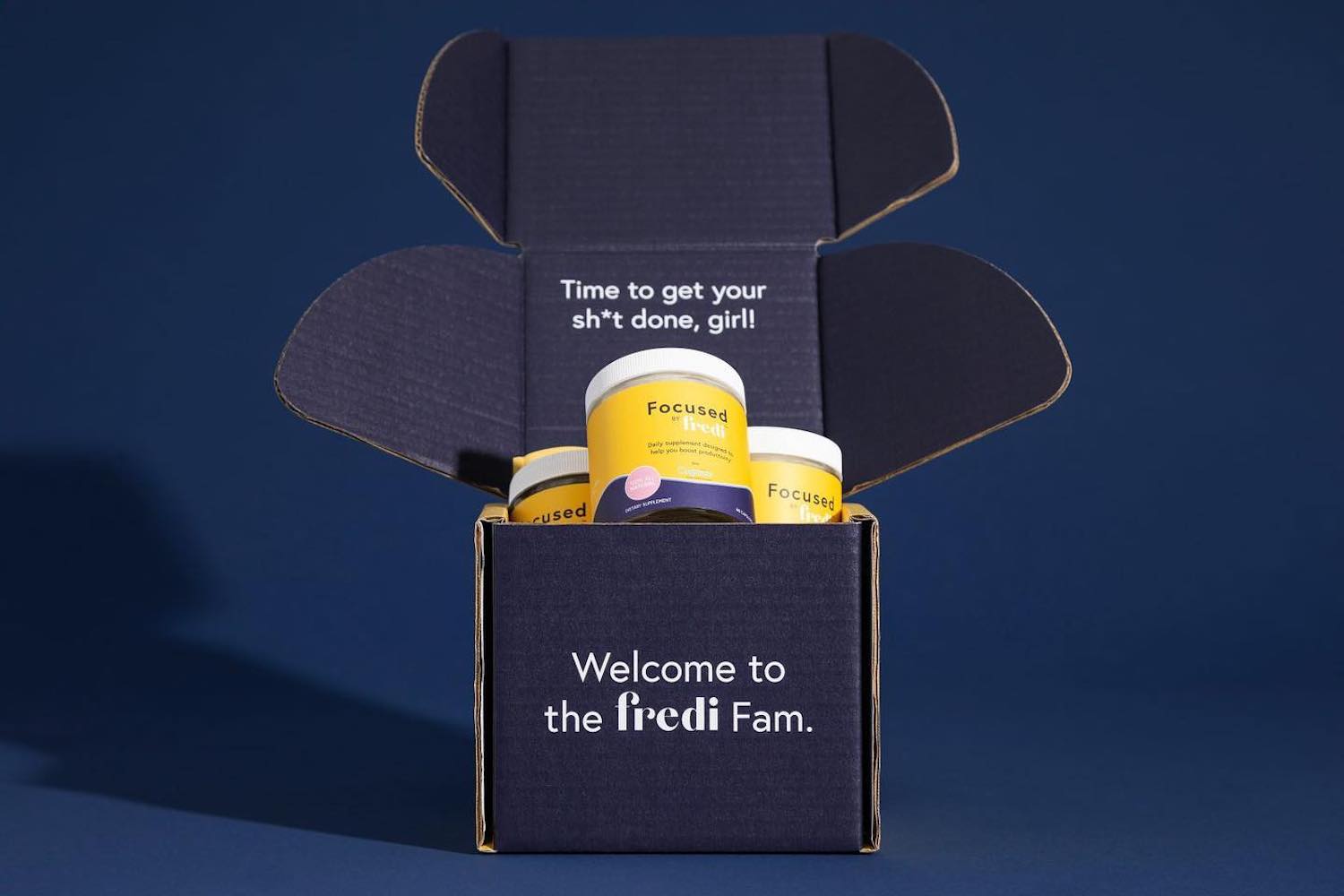
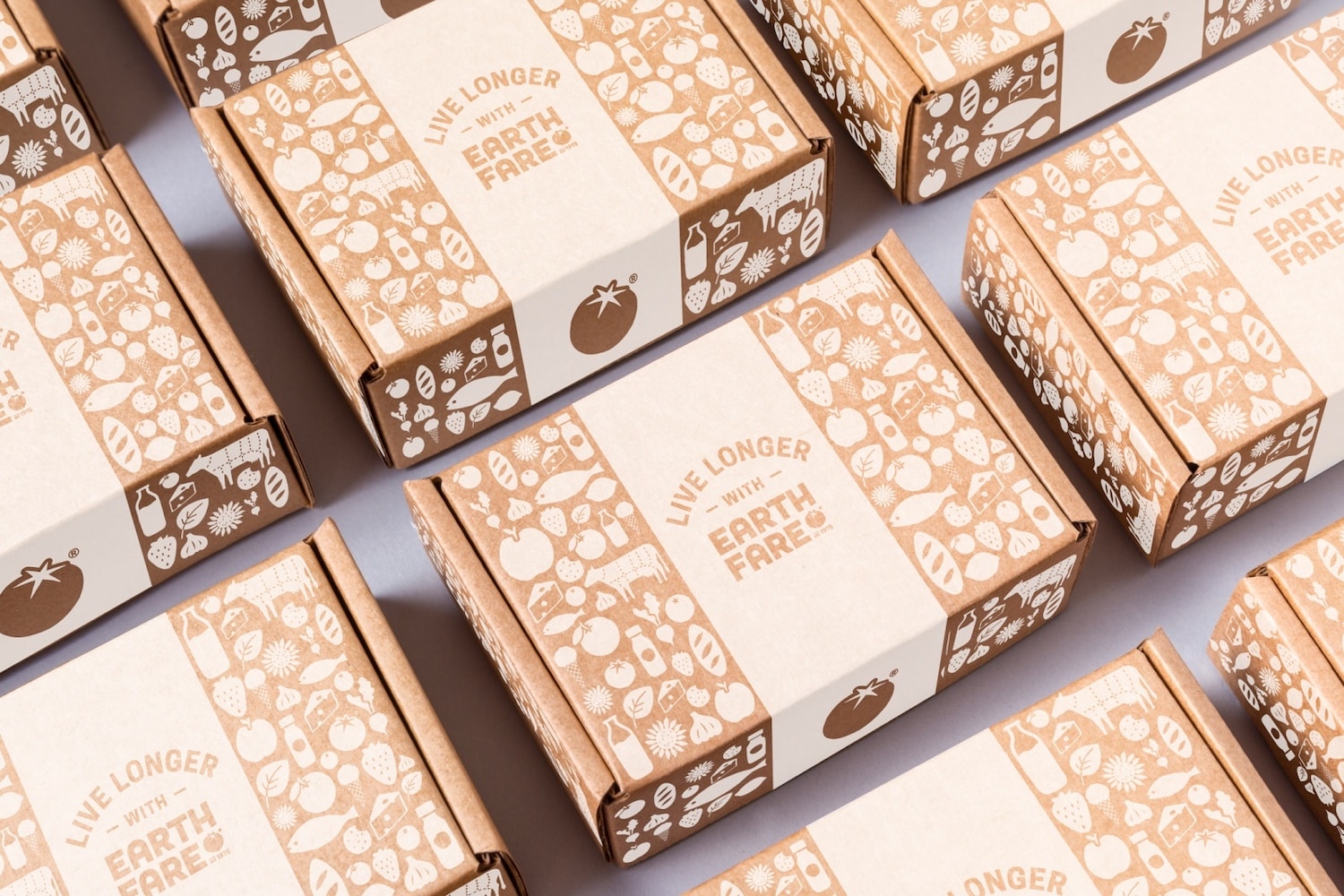

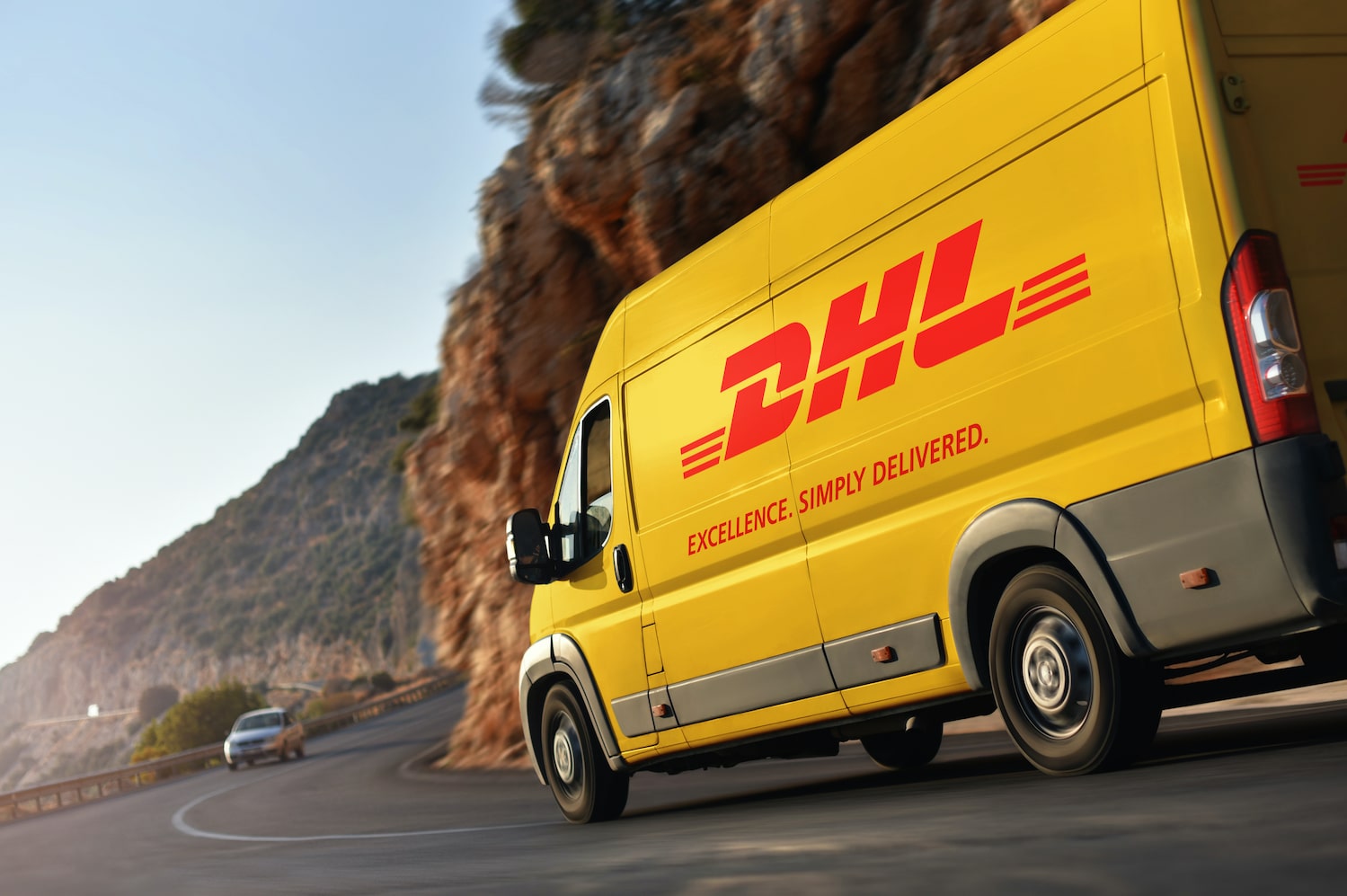


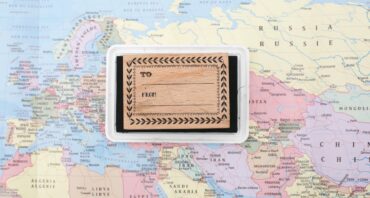

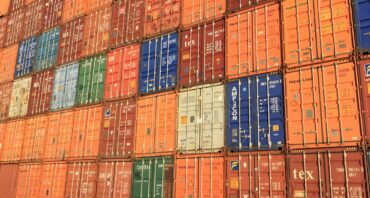
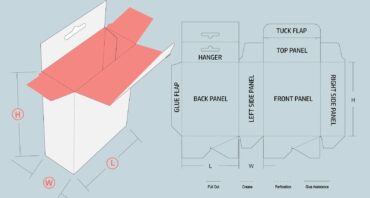

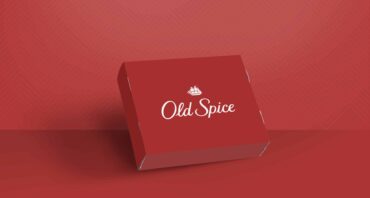
Share